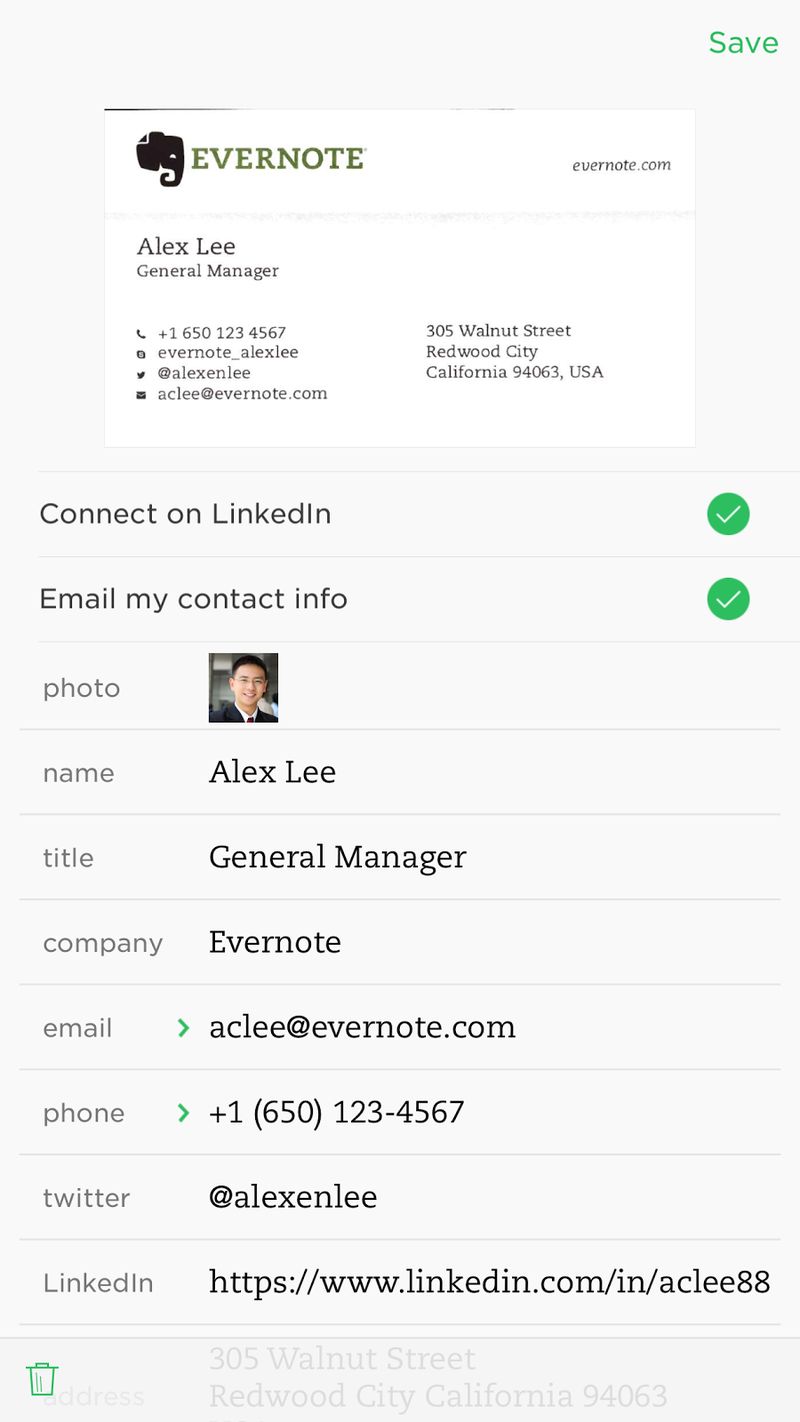If a Notebook has been opened to the public, the Notebook will have a reference to one of these structures, which gives the location and optional description of the externally-visible public Notebook.
How To Publish a Notebook from Evernote In this video I show you how to find notes that you have previously tagged and move them into a new notebook. Then you publish the notebook and share your public link. Step 2: Click on the option Share this notebook to start sharing. Step 3: You can now opt for two kinds of sharing. You can either create a unique sharing link for the notebook and share it with.
- uri
- If this field is present, then the notebook is published for mass consumption on the Internet under the provided URI, which is relative to a defined base publishing URI defined by the service. This field can only be modified via the web service GUI ... publishing cannot be modified via an offline client.
Length: EDAM_PUBLISHING_URI_LEN_MIN - EDAM_PUBLISHING_URI_LEN_MAX
Regex: EDAM_PUBLISHING_URI_REGEX - order
- When the notes are publicly displayed, they will be sorted based on the requested criteria.
- ascending
- If this is set to true, then the public notes will be displayed in ascending order (e.g. from oldest to newest). Otherwise, the notes will be displayed in descending order (e.g. newest to oldest).
- publicDescription
- This field may be used to provide a short description of the notebook, which may be displayed when (e.g.) the notebook is shown in a public view. Can't begin or end with a space.
Length: EDAM_PUBLISHING_DESCRIPTION_LEN_MIN - EDAM_PUBLISHING_DESCRIPTION_LEN_MAX
Regex: EDAM_PUBLISHING_DESCRIPTION_REGEX
- See Also:
- Serialized Form

| Constructor Summary | |
|---|---|
Publishing() | |
Publishing(Publishing other)Performs a deep copy on other. | |
| Method Summary | |
|---|---|
void | clear()Return to the state of having just been initialized, as though you had just called the default constructor. |
int | compareTo(Publishing other) |
Publishing | deepCopy()Creates a deep copy of the object. |
boolean | equals(java.lang.Object that) |
boolean | equals(Publishing that) |
NoteSortOrder | getOrder() |
java.lang.String | getPublicDescription() |
java.lang.String | getUri() |
int | hashCode() |
boolean | isAscending() |
boolean | isSetAscending()Returns true if field ascending is set (has been asigned a value) and false otherwise |
boolean | isSetOrder()Returns true if field order is set (has been asigned a value) and false otherwise |
boolean | isSetPublicDescription()Returns true if field publicDescription is set (has been asigned a value) and false otherwise |
boolean | isSetUri()Returns true if field uri is set (has been asigned a value) and false otherwise |
void | read(com.evernote.thrift.protocol.TProtocol iprot)Reads an instance of the object from the given protocol. |
void | setAscending(boolean ascending) |
void | setAscendingIsSet(boolean value) |
void | setOrder(NoteSortOrder order) |
void | setOrderIsSet(boolean value) |
void | setPublicDescription(java.lang.String publicDescription) |
void | setPublicDescriptionIsSet(boolean value) |
void | setUri(java.lang.String uri) |
void | setUriIsSet(boolean value) |
java.lang.String | toString() |
void | unsetAscending() |
void | unsetOrder() |
void | unsetPublicDescription() |
void | unsetUri() |
void | validate() |
void | write(com.evernote.thrift.protocol.TProtocol oprot)Writes the object to the given protocol. |
| Methods inherited from class java.lang.Object |
|---|
getClass, notify, notifyAll, wait, wait, wait |
| Constructor Detail |
|---|
Publishing
Publishing
- Performs a deep copy on other.
| Method Detail |
|---|
deepCopy
- Description copied from interface:
com.evernote.thrift.TBase - Creates a deep copy of the object.
- Specified by:
deepCopyin interfacecom.evernote.thrift.TBase<Publishing>
clear
- Description copied from interface:
com.evernote.thrift.TBase - Return to the state of having just been initialized, as though you had just called the default constructor.
- Specified by:
clearin interfacecom.evernote.thrift.TBase<Publishing>
getUri
setUri
unsetUri
isSetUri
- Returns true if field uri is set (has been asigned a value) and false otherwise
setUriIsSet
getOrder
- See Also:
NoteSortOrder
setOrder
- See Also:
NoteSortOrder
unsetOrder
isSetOrder
- Returns true if field order is set (has been asigned a value) and false otherwise
Evernote Publish Notebook App
setOrderIsSet
isAscending
setAscending
unsetAscending
isSetAscending
- Returns true if field ascending is set (has been asigned a value) and false otherwise
setAscendingIsSet
getPublicDescription
setPublicDescription
unsetPublicDescription

Evernote Delete Notebook
isSetPublicDescription
- Returns true if field publicDescription is set (has been asigned a value) and false otherwise
setPublicDescriptionIsSet
equals
- Overrides:
equalsin classjava.lang.Object
equals
hashCode
- Overrides:
hashCodein classjava.lang.Object
compareTo

- Specified by:
compareToin interfacejava.lang.Comparable<Publishing>
read
- Description copied from interface:
com.evernote.thrift.TBase - Reads an instance of the object from the given protocol.
- Specified by:
readin interfacecom.evernote.thrift.TBase<Publishing>
- Parameters:
iprot- Input protocol- Throws:
com.evernote.thrift.TException
write
- Description copied from interface:
com.evernote.thrift.TBase - Writes the object to the given protocol.
- Specified by:
writein interfacecom.evernote.thrift.TBase<Publishing>
- Parameters:
oprot- Output protocol- Throws:
com.evernote.thrift.TException
toString
- Overrides:
toStringin classjava.lang.Object
validate
- Throws:
com.evernote.thrift.TException
Evernote Publish Notebook
| Overview | Package | Class | Tree | Deprecated | Index | Help |
